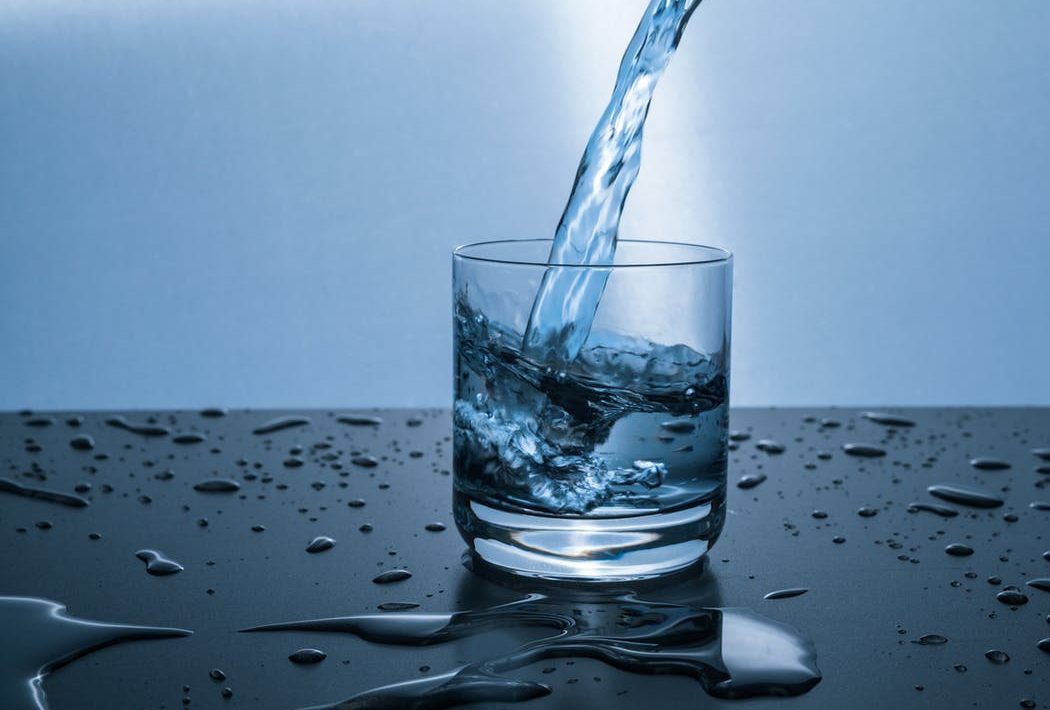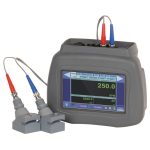I live in an apartment. On the second floor. In the city. Call me a water snob, but I don’t drink the municipal water. And for the first year I lived here, I naively schlepped cases of water bottles up a flight of stairs. Don’t get me wrong. I had great biceps because of it. But in spite of the physical benefits, I noticed that the bottles were being left around the house, half-finished. I cleaned my teenager’s room one day (a random nicety), and found no less than twenty bottles of water, finished to varying degrees, behind her bed, in her closet, in her covers. I did the math. This was actually kind of expensive. Not only was I collecting more garbage and tired of carrying it from the store, but the cost was also disheartening. I tried a filter pitcher, but always forgot to change the cartridge and I didn’t like the taste. The truth is, I loved the taste of bottled spring water. I hit Google and started my research on alternatives to bottled water. I wanted the health benefits without sacrificing taste and cost. I stumbled on the mysterious (not really) world of reverse osmosis.
I was particularly interested in ensuring the water I drank did not contain lead, fluoride, and pesticides (along with other common contaminants like sulfates and chlorine.) My municipal water source included fluoride, and that’s a not for me. By the way, I encourage you to obtain a free copy of your area’s most recent water quality report. Be an informed consumer! Keep in mind that treated water may still contain small amounts of contaminants, referred to as MCL (max contaminant level.) An MCL is an acceptable level of a contaminant present but still safe to consume.
There is no shortage of water treatment products on the market, but there are some that are better than others. Some characteristics of the best reverse osmosis water filters include where they are manufactured, the quality of the parts, cost, and what exactly do the products do? RO filters exist for both home and commercial use. In my case, I purchased a home RO (reverse osmosis) filter for under a thousand dollars. I was spending about 650 dollars a year on bottled water. The decision for me was easy. Not only was my RO filter easily installed under my sink, it just needs minimal maintenance once a year. Because I am a water snob, I opted for an RO with hydrogen boost properties (perfect for getting antioxidants.) Like my own Fountain of Youth.
I feel like I made a wise decision opting for an RO filter vs. continuing to buy bottled water. It feels good to know I made an informed decision and can be confident in knowing what I’m drinking as well as helping rid the environment (and lackluster teenagers) of bottled water.









